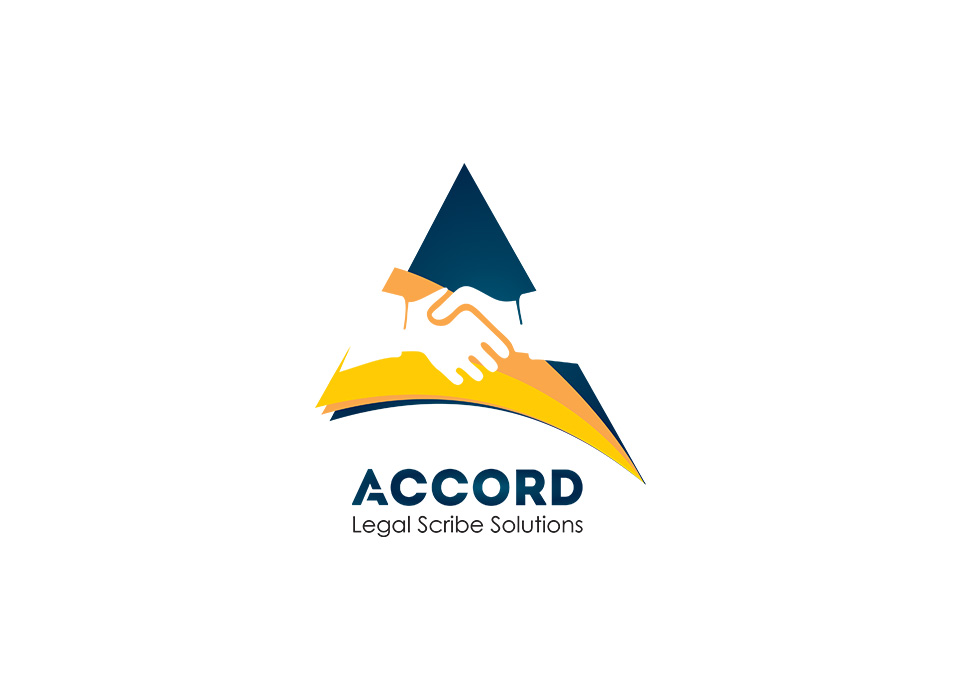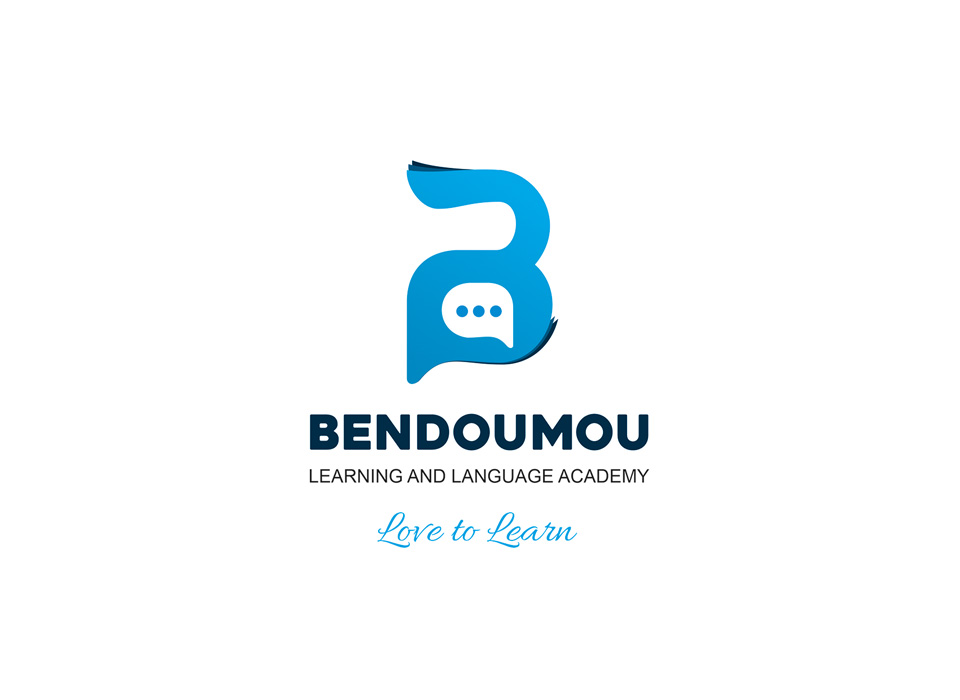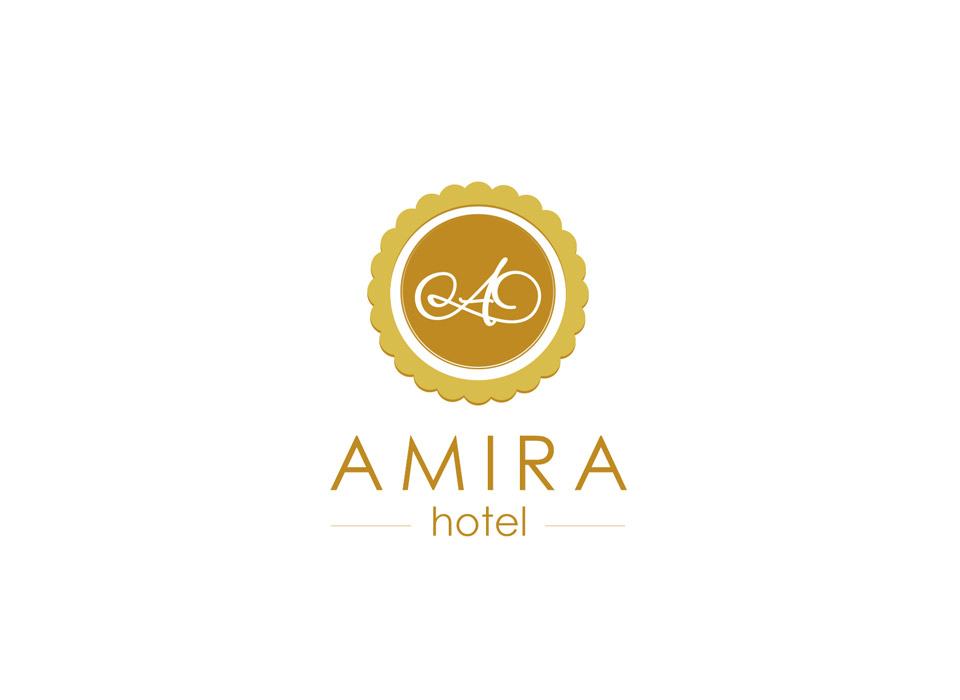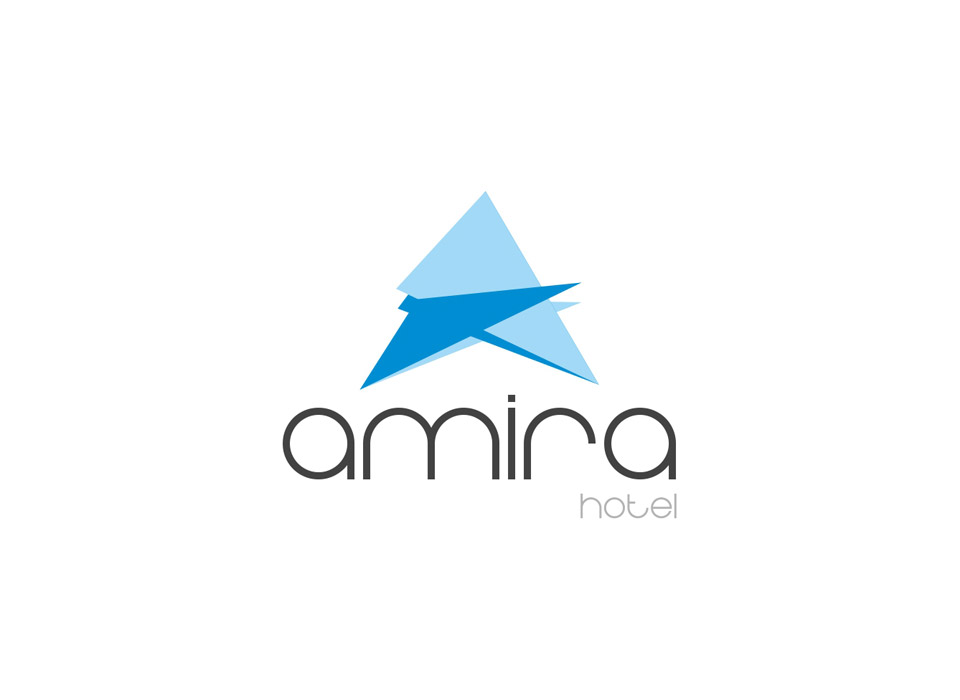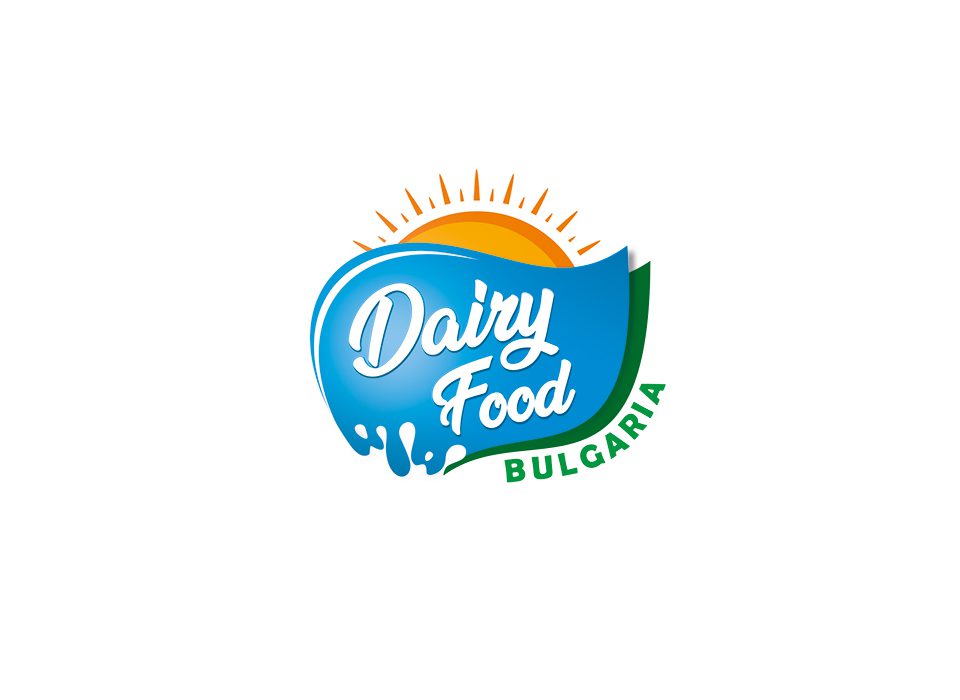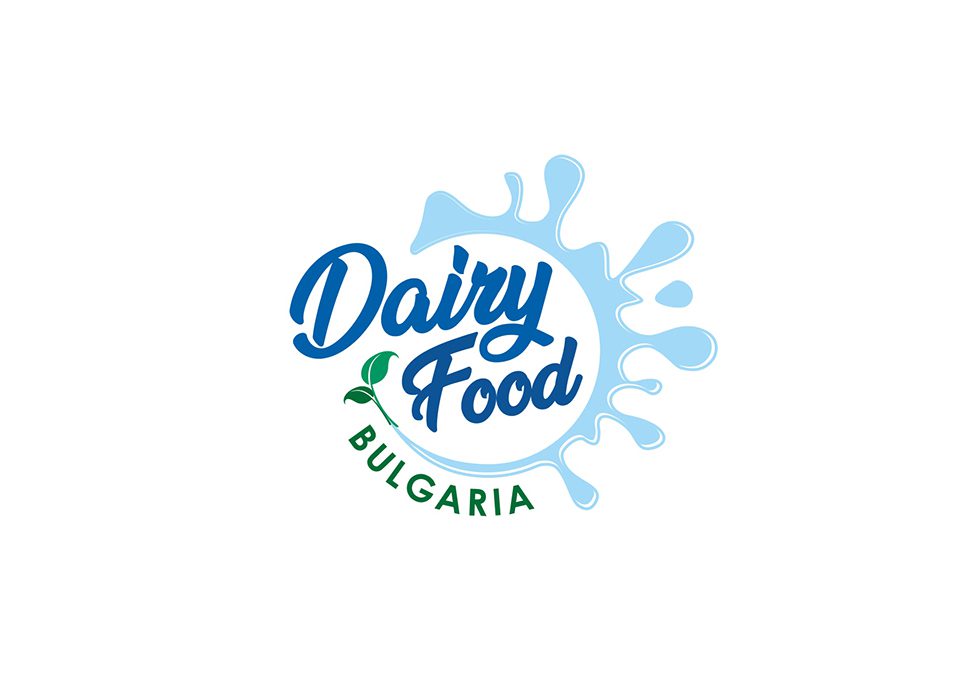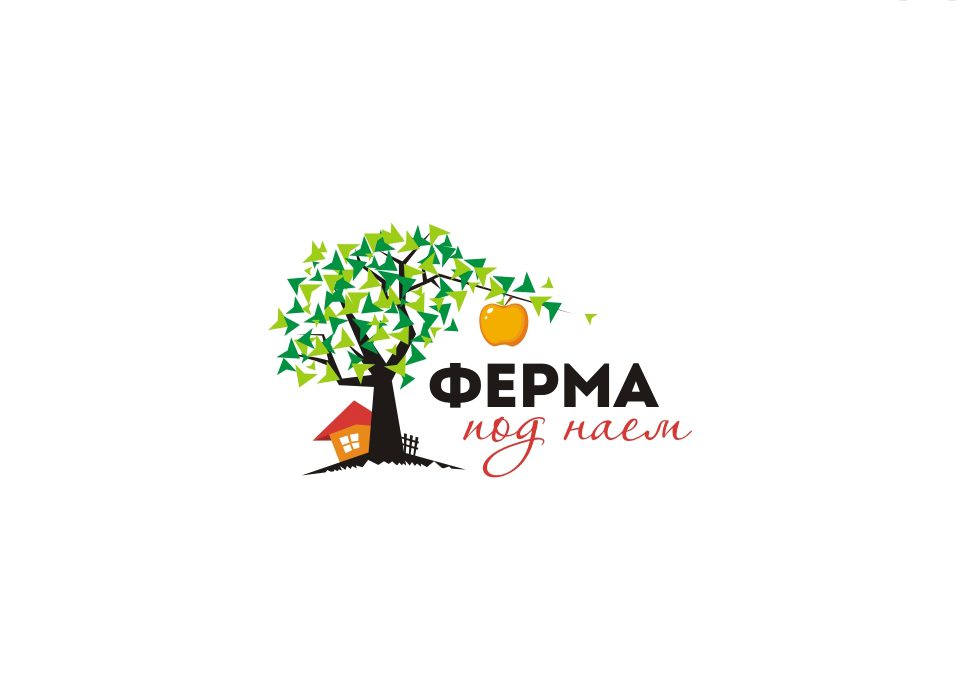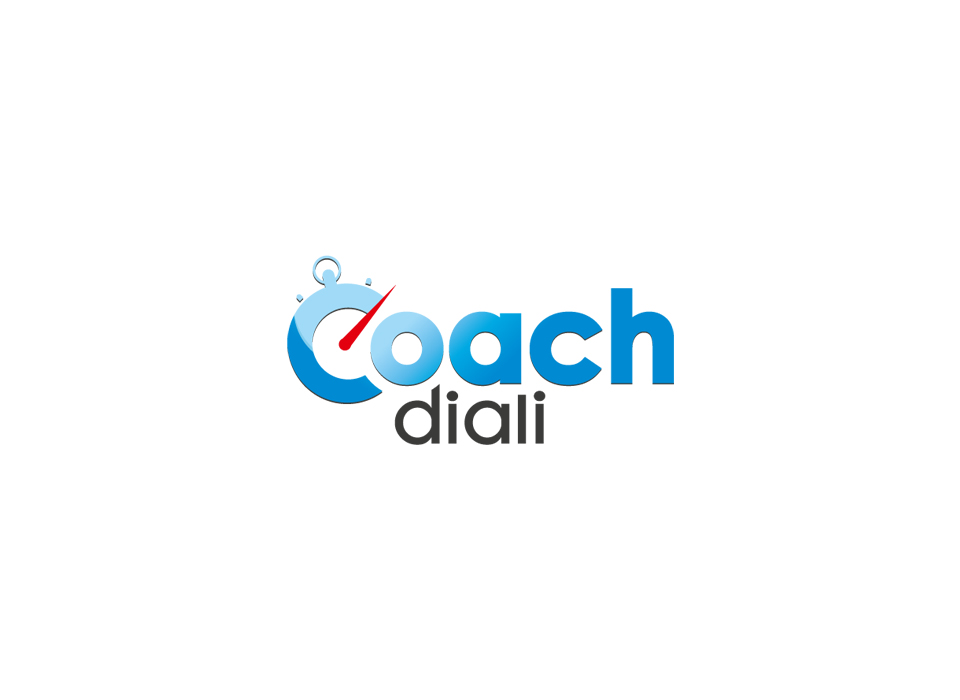Logo design
I create creating unique and compelling visual identities for brands and businesses, ensuring they stand out in a competitive market. A logo is more than just a symbol—it serves as the face of a company, a powerful representation of its values, mission, and personality. It is used across various platforms, from digital spaces to print materials, to establish strong brand recognition and consistency.
In my design process, I carefully blend typography, color theory, and graphic elements to craft logos that are not only visually striking but also meaningful and memorable. Every detail, from font selection to color psychology, is thoughtfully considered to evoke the right emotions and create a lasting impression. My goal is to develop logos that resonate with the target audience, reinforce brand identity, and leave a powerful visual impact.

